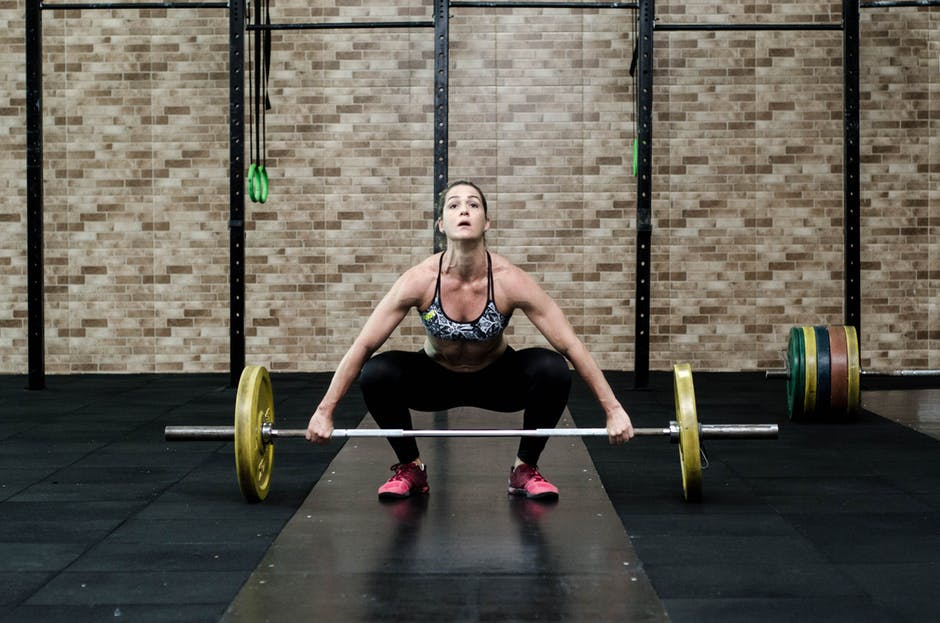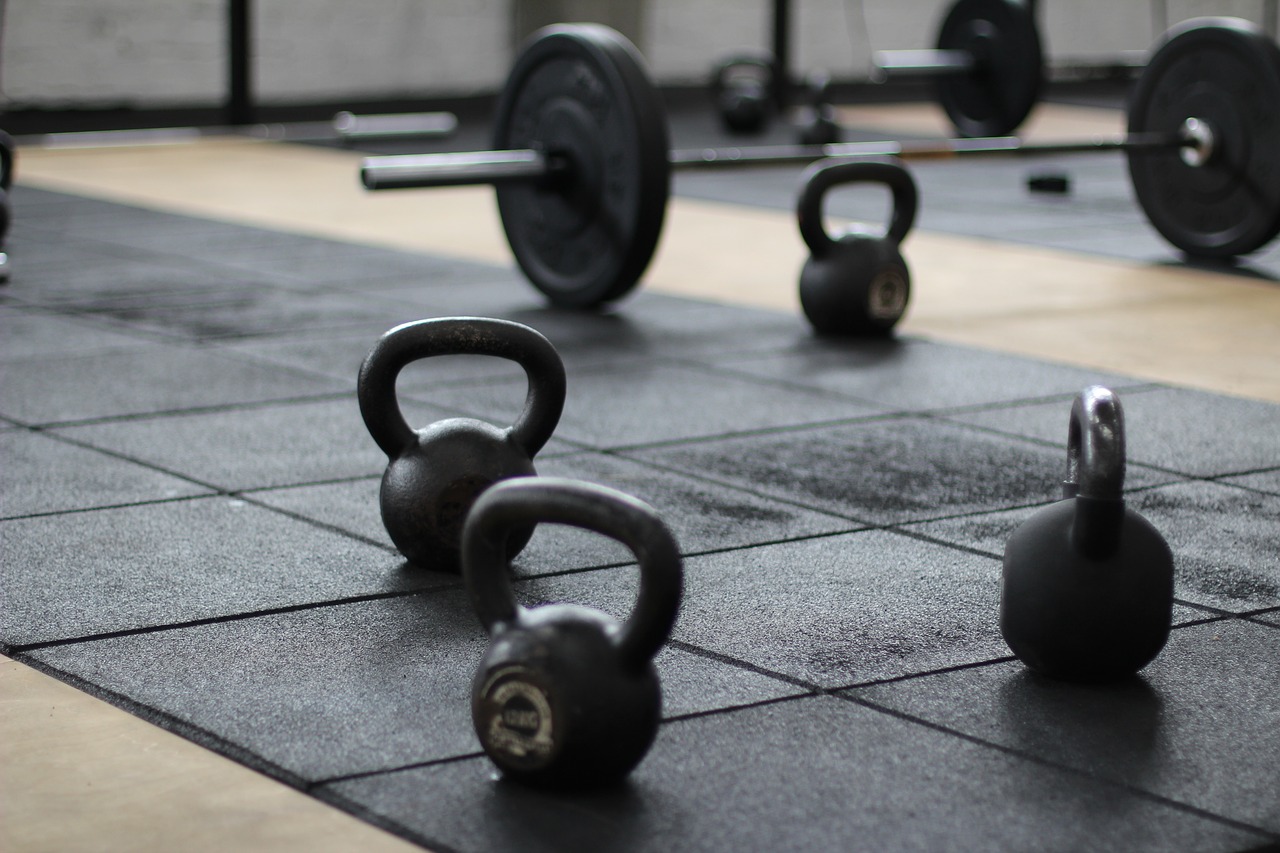Strength and conditioning coaches use the Olympic lifts and their variations to help increase the power production of their athletes. However, with a limited amount of time to train athletes it is useful to focus on those training intensities that provide the greatest return. There’s information with this on the power clean, though information on the power snatch is difficult to come by. For example, Cormie et al (2007), when studying Division I male football players, sprinters, and long jumpers found that peak power occurred at 80% of 1-RM in the power clean. Kilduff et al (2007), examining professional rugby players also found that peak power in the power clean occurs at 80% of 1-RM, but found no statistical difference between the power outputs generated from 50-90%. This is useful information for the strength and conditioning coach that is using the power clean to help improve power, however similar information about the snatch exercise is lacking and it is possible given its increased complexity that these values could be different.
In the June issue of the Journal of Strength and Conditioning Research, Hadi et al studied the impact of different resistances on the kinematics of the classic snatch lift. In their study, the authors studied seven elite Turkish weightlifters (all able to lift between 75-87% of the world record in their respective weight classes) who lifted an average of 135 kilograms or 178% of their bodyweight. Snatch lifts performed at 60%, 80%, and 100% of 1-RM were analyzed. The snatch was divided into the following phases: first pull, transition, the second pull, turnover under the barbell, and the catch.
First, regarding the kinematics of the lift:
- The first pull was fastest at 80% of 1-RM and slowest at 100% (the 100% first pull was 15% slower than the 80%).
- The second pull was slowest for 60% and fastest at 100% (the 60% second pull was 14% slower than the 100%).
- The barbell was lifted to the greatest height at 60% of 1-RM, it was lifted to its shortest height at 100%. Because of this the barbell dropped the greatest distance at 60% of 1-RM during the catch and dropped the least at 100%.
- The barbell achieved its greatest vertical velocity at 60% of 1-RM, it’s slowest at 100%.
- The lifters dropped under the barbell the fastest at 100%, the slowest at 60% of 1-RM.
Regarding the power outputs during the second pull the highest relative total power (watts per kilogram) was achieved at 100% of 1-RM, followed closely by 80% and then 60%. The 100% value was 6% higher than 80% and 15% higher than 60%. Note that only the difference between 100% and 60% was statistically significant.
Looking at the results, they should make sense. The first pull (which is slow and strength oriented) is slower at the heavier weights. The second pull however is shorter, with the bar being lifted to a lower height, with the heavier weights. Because the weights are lighter, they are moved at greater velocities with lighter weights. Now, the power output is interesting and suggests that training for the classic snatch should be done at between 80-100% of 1-RM to maximize power production. It’s unclear if these results transfer to athletes that are not elite weightlifters and if they transfer to other exercises, such as the power snatch or the hang snatch.
References:
Cormie, P., McCaulley, G.O., Triplett, N.T. and McBride, J.M. (2007) Optimal loading for maximal power output during lower-body resistance exercise, Medicine and Science in Sports and Exercise, 39(2): 340–9.
Hadi, G., Akkus, H., and Harbili. (2012). Three-dimensional kinematic analysis of the snatch technique for lifting different barbell weights. Journal of Strength and Conditioning Research, 26(6), 1568-1576.
Kilduff, L.P., Bevan, H., Owen, N., Kingsley, M.I.C., Bunce, P., Bennett M. and Cunningham, D. (2007) Optimal loading for peak power output during the hang power clean in professional rugby players, International Journal of Sports Physiology and Performance, 2: 260–9.


